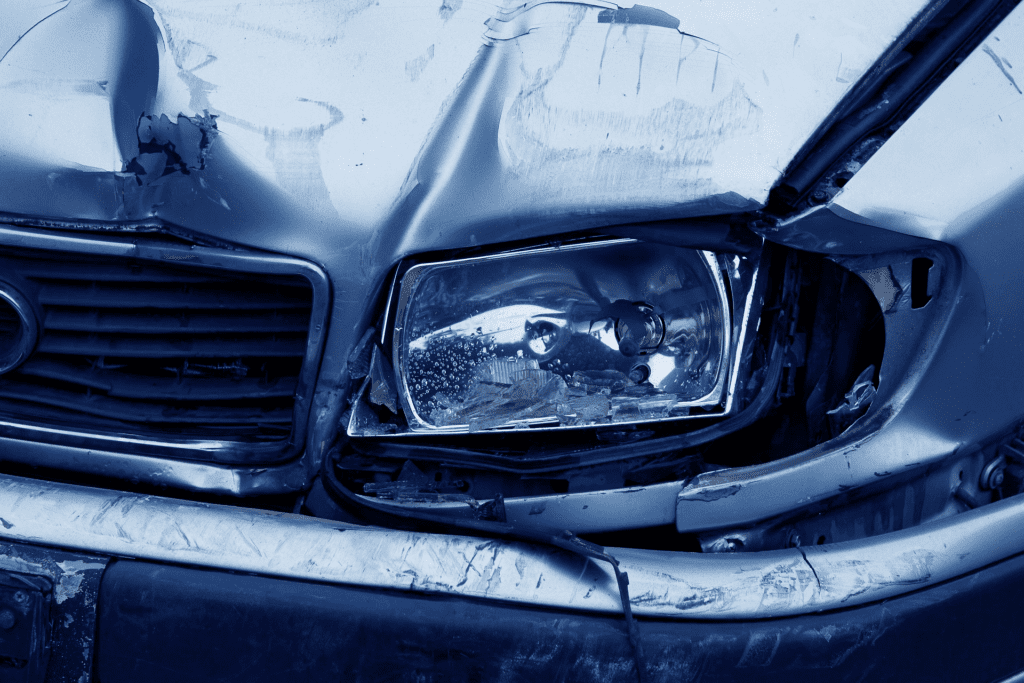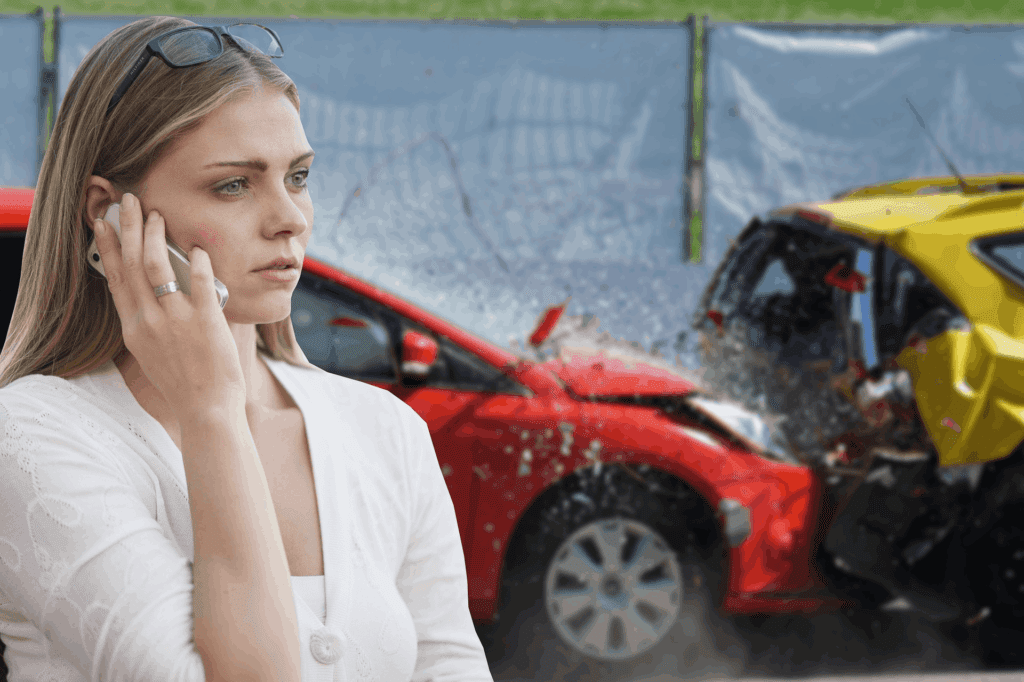The National Highway Traffic Safety Administration (NHTSA) reported five million motor vehicle accidents in 2020. Approximately 2.28 million involved injuries, and 38,824 resulted in fatalities. Moreover, 24 percent of pedestrian and 22 percent of cyclist fatalities involve hit-and-run crashes.
The AAA Foundation for Traffic Safety report revealed that hit-and-run crashes have increased since 2009. Every 43 seconds, a hit-and-run crash is happening somewhere in the US. Additionally, hit-and-run has a higher fatality rate than other crashes.
Pedestrians and cyclists are particularly vulnerable to hit-and-run accidents. The NHTSA reported more than 7,000 pedestrian and 938 cyclist fatalities in 2020.
Although most hit-and-run accidents result in minor property damages, some leave severe injuries to victims. Similarly, hit-and-run incidents entail legal implications. This article aims to provide insight into what professional legal help can do for hit-and-run victims.
Lawyers can guide you through the maze of the personal injury claim process. Check out The Personal Injury Center for more information on defending your rights as a hit-and-run victim.
Key Takeaways
|
What is a hit-and-run?
Hit-and-run collisions happen when at least one person involved in a motor crash leaves the scene without providing their information, does not aid the other involved person, or fails to report the incident.
Drivers often leave the scene to avoid responsibility for the incident. Their failure to stop and give information or aid makes it difficult for injured persons to seek compensation or justice.
Hit-and-runs are illegal in all US states, and each state has laws defining them. However, expected legal consequences may involve fines, license suspension, and even imprisonment.
For example, Section 600 of New York Vehicle and Traffic Law punishes those who leave the scene of an incident without reporting it. Violators may face a $250 fine or 15 days imprisonment.
Section 550.021 of the Texas Transportation Code punishes someone who fails to stop and render aid for accidents involving personal injury or death. A person may face felony charges of the second or third degree, depending on the extent of the damages.
Hit-and-run accidents can be non-injury or injury related. Non-injury-related hit-and-run cases happen when no one sustains injuries from the accident. An injury-related hit-and-run accident causes minor injuries, serious injuries, or death.
Regardless of the extent of the injury, an incident is a hit-and-run if the driver flees the scene. He may be liable for damages caused by the crash.
What To Do in a Hit-and-Run


Being involved in a hit-and-run incident can be a scary experience. It can leave victims feeling shaken and unsure of what to do next. The first thing you should do as a victim is to remain calm. Take a few deep breaths to think more clearly and make better decisions.
After collecting yourself, you need to take immediate action to protect yourself and your legal rights. Here are a few things you should do:
Assess your safety and call emergency services
The first thing you should do after a hit-and-run accident is to check yourself and others for injuries. See if you have any bruises or cuts or are experiencing pain or soreness.
Call emergency services immediately if you or anyone is injured. Make sure to inform the emergency service dispatcher of your condition. Some injuries may not surface until a few hours or days after the accident. Hence, it’s better to be cautious and have yourself checked by a medical professional.
If you are not seriously injured, move to a safe location away from the crash scene to avoid further accidents. Afterward, call local law enforcement to report the incident and wait for them to arrive on the scene.
Compile information
After ensuring your safety, gather all the information you can about the hit-and-run incident. The more information you have, the better your chances of finding the responsible driver.
One essential piece of information you should know is the responsible driver’s license plate. Suppose you can’t remember the license plate number. You can write down the make and model of the car that hit you. This information can help authorities narrow down the search for the at-fault driver.
Write down the location, time, and date of the accident. A detailed account of the incident helps establish the sequence of events and helps prove fault and liability. It also allows police to identify surveillance footage and possible witnesses.
Moreover, if someone saw the accident, try to get their contact information and ask if they are willing to provide a statement to authorities. Witness statements are reliable evidence in case you file a claim in court.
Suppose you had a glimpse of the responsible driver. Remember details about their appearance, including their hair color, gender, race, or clothing. Write everything down and give your report to the police.
Lastly, take photos of the crash scene and your injuries. Photographs provide a visual record of the extent of the damage. They can help support your
Make sure your photos are clear and well-lit. You can also take videos of the scene and your conversations with witnesses. All of this information can help build your case.
Contact the police
Do not attempt to follow the driver responsible for the hit-and-run. It can be dangerous and may escalate the situation. Instead, stay where you are and wait for the proper authorities.
Hit-and-run accidents are a serious crime. Moreover, failing to report it to authorities can result in legal consequences in most states. The state of Nevada requires drivers to report car accidents to the local police or the Nevada Highway Patrol. Similarly, the state of Georgia requires drivers to report car accidents to the local police or the county sheriff.
Talk to a lawyer
Lawyers can provide legal assistance and guide victims in the complex legal process of filing
Furthermore, personal injury attorneys can help you understand your rights and legal options. They can help you determine whether pursuing a personal injury lawsuit is possible. Overall, legal assistance from a reliable lawyer can help you effectively deal with a hit-and-run accident.
What are the penalties for a hit-and-run accident?
Hit-and-run laws differ by state. Its penalties may vary depending on the accident’s severity, the injuries sustained by the victims, and the damage’s extent.
For instance, Section 20001 and Section 20002 of the California Vehicle Code classify a hit-and-run case as a misdemeanor or felony. It is a misdemeanor if it involves property damage only. In contrast, it becomes a felony when it results in death or serious injury.
Section 20002 of the California Vehicle Code states the punishment for a hit-and-run that falls under a misdemeanor. The responsible driver can face six months imprisonment or a $1,000 fine.
In contrast, Section 20001 of the California Vehicle Code states the punishment for a hit-and-run that results in a felony. The responsible driver can face up to five years in jail or a fine of $10,000.
Besides penalties under a state’s criminal code, hit-and-run drivers can also face other legal consequences.
Criminal penalties
Hit-and-run accidents resulting in serious injury or death typically carry criminal charges. The responsible driver could be charged with a felony case, resulting in prison times and fines.
Some states consider hit-and-run accidents that result in serious injury or death as aggravated or vehicular manslaughter. It carries serious criminal penalties.
For instance, Section. 550.21 of the Texas Transportation Code classifies hit-and-runs resulting in death as a second-degree felony. Section 12.33 of the Texas Penal Code punishes felony of the second degree with 20 years imprisonment and a $10,000 fine.
Other states classify some hit-and-run accidents as misdemeanors, resulting in minor fines and shorter jail time. Misdemeanor hit-and-runs only involve property damage. Hence, they have less severe penalties.
For example, Section 316.061 of the Florida Statutes provides penalties for hit-and-runs involving property damage. The responsible driver is liable for a misdemeanor of the second degree. It carries a sentence of 60 days in jail and a fine of $500.
Administrative penalties
Hit-and-run drivers may also face administrative penalties, including driver’s license suspension and revocation. Moreover, some states automatically suspend or revoke a driver’s license after a hit-and-run conviction.
For example, Section 13350 of the California Vehicle Code orders persons convicted of a hit-and-run to surrender their driver’s license. Moreover, they must sign an affidavit acknowledging the revocation of their license.
Similarly, Section 28-667 of the Arizona Revised Statutes order the suspension of the driver’s license of any person, including nonresidents, convicted of hit-and-run.
The Department of Motor Vehicles (DMV) has the authority to impose administrative penalties against hit-and-run drivers, regardless of state. Their power includes confiscating the driver’s license and canceling the motor vehicle’s registration.
For instance, Section 322.27 of the Florida Statutes grants the DMV the authority to suspend or revoke a driver’s license for up to five years. Similarly, Section 809.428 of the Oregon Revised Statutes provides license suspension for up to five years.
Civil liabilities
Hit-and-run drivers are legally responsible for compensating victims for any harm or injuries resulting from the hit-and-run accident. This legal obligation is called civil liability. It includes compensation for medical expenses, loss of income, property damage, and pain and suffering.
Additionally, responsible drivers could be liable for punitive damages. It aims to punish them for their actions and discourages them from engaging in similar behavior.
Criminal, administrative, and civil penalties are generally independent of each other. Likewise, you can file a separate proceeding for each type.
How do insurance companies handle a hit-and-run?


Generally, the victim’s
Insurance companies handle hit-and-run claims differently, depending on the policy and applicable state laws. They usually follow a protocol when investigating your claim. Additionally, you may provide them with a detailed account of the incident and other supporting evidence.
An
It is common for
An experienced personal injury attorney can negotiate with
Did you know?
Around 20 to 50 million people sustain injuries annually from roadside accidents worldwide.
Get Legal Help To Hold a Hit-and-Run Driver Accountable
Being a victim of a hit-and-run accident can be an overwhelming experience. You may suffer severe injuries or serious damage to your vehicle, causing you emotional and financial burdens. Hence, any victim must get immediate legal help from a reliable personal injury lawyer.
A skilled lawyer can help victims understand their legal rights and options. They can help you build a strong case against the responsible driver and hold them accountable for your injuries and losses. Visit The Personal Injury Center and get the legal representation you need for your hit-and-run case.
Avail of a free consultation and get matched with an experienced personal injury lawyer specializing in hit-and-run accidents.
Get legal support for your hit-and-run accident at the Personal Injury Center. Schedule a free consultation with a legal professional today.
FAQs on Hit-and-Run Accidents
How much does a hit-and-run accident lawyer cost?
You don’t have to pay anything upfront if you agree to a contingency fee arrangement. You only pay the lawyer if you win the case. Typically, they get a percentage of your settlement award, ranging from 20 to 50 percent.
Does my insurance cover hit-and-run accidents?
If your property’s insurance contract has an uninsured motorist clause, it is more likely that your property is covered.
Do I need a lawyer after a hit-and-run accident?
Hiring a lawyer can make financial recovery faster. Their legal expertise can be helpful when navigating the complex issues surrounding claims, settlements, and trials. Hiring them is the logical choice.



